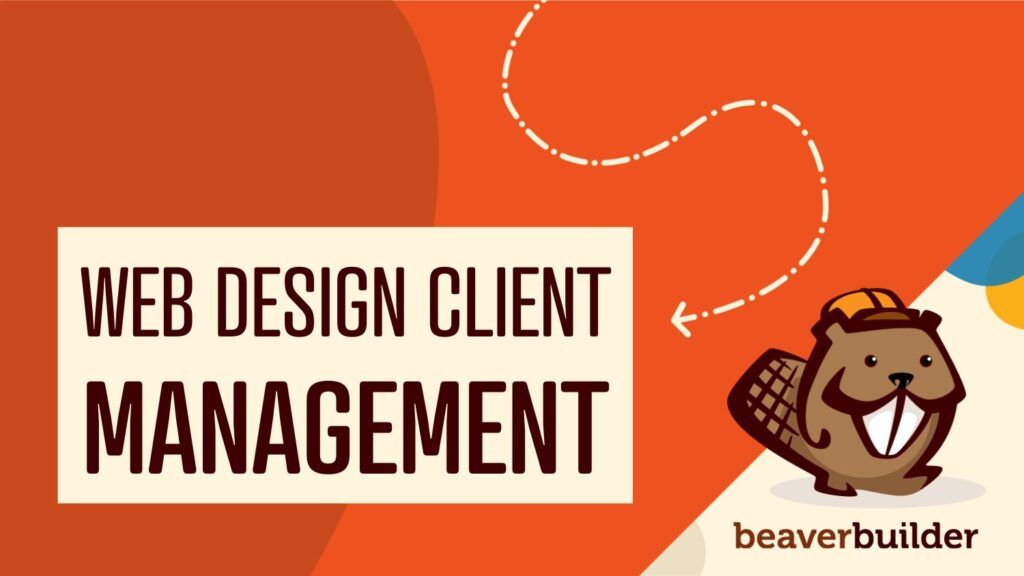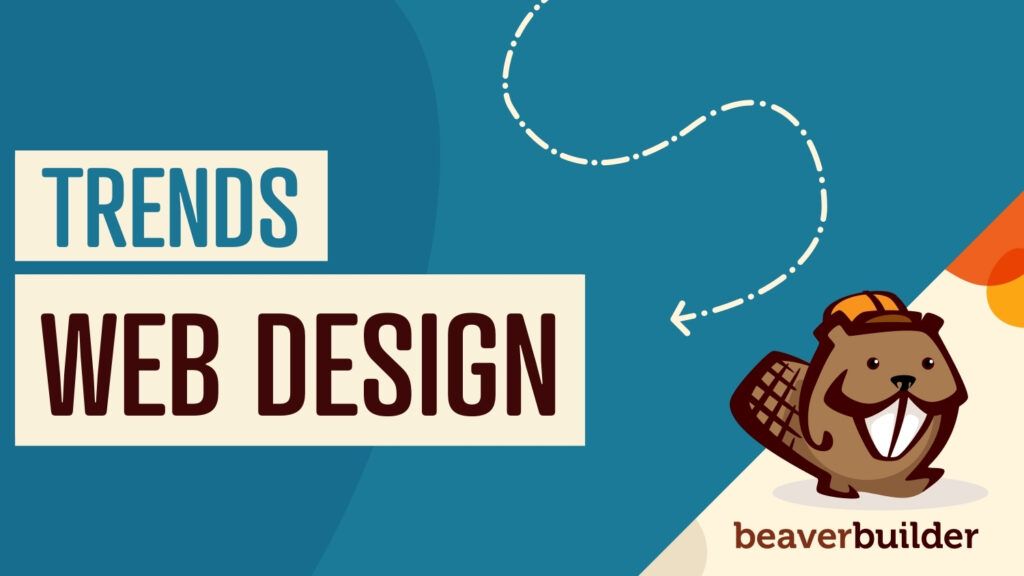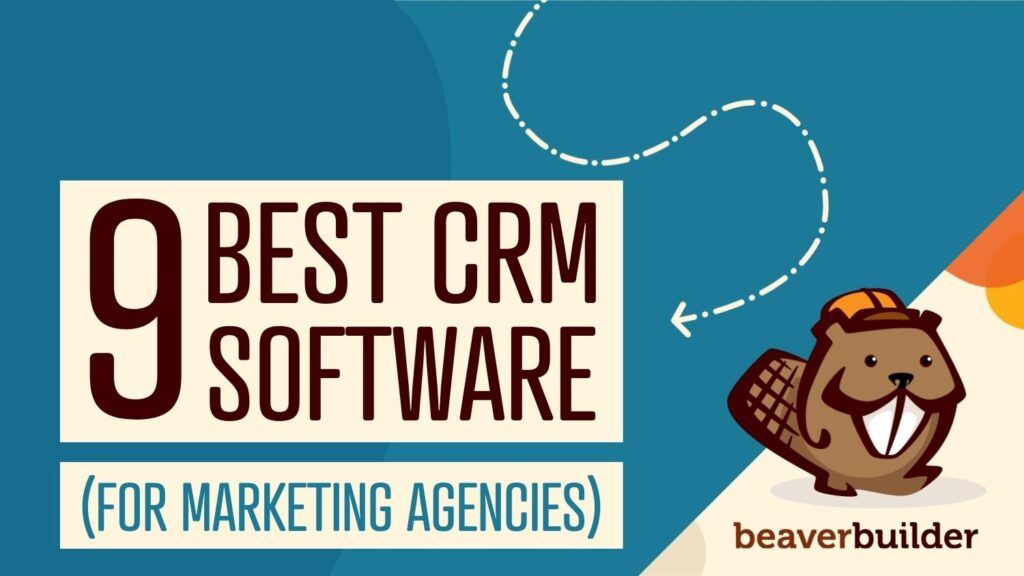
Faster Wordpress Development = Happy Clients & Increased Profits for Everyone
The era of slow, expensive and unprovable web design is coming to an end as would-be clients are getting hip to other website creation options.
Instead of fighting this change, I recommend embracing it by focusing on clients’ business needs and ditching technologies and skills that don’t follow this philosophy. Faster WordPress development = happier clients and increased profits for everyone.
Web Design is Turning into a Commodity
Many business owners are turning to simple, inexpensive tools like Wix and Squarespace. Those that are staying with more complicated, self-hosted tools like WordPress, are increasingly purchasing and installing out-of-box themes themselves.
The folks that still need help are at least knowledgeable enough to forgo expensive, convoluted web design fees. They’re negotiating hard because they know that there are more affordable solutions waiting for them.
What Goes into Web Design Costs?
The idea that every web designer is a mystic—capable of turning blank HTML pages into money—is laughable. Lots of professional “designers” have turned a small amount of coding or graphic design knowledge into a $150/hour racket. Rarely does this rate turn into profit for their client, though.
For many clients, a web design bill often amounts to buying & installing one of the above-mentioned out-of-the-box WordPress themes and then adding small bits of graphic design. Unfortunately, neither of these steps can be proven either to help or hinder a website’s sales numbers. They’re merely a “best first guess” approach to design and development.
I know this approach well because it’s exactly the way I sold web design for five years. I made a good living at it, too, and I know I’m not the only one.
Making Money (but not for my clients)
Under the title of “consultant”, I was able to market myself as someone who built websites. I was paid handsomely but I rarely created anything myself. I was simply a very expensive personal shopper who could turn a $50 WordPress theme and a little bit of rebranding into a $3,000 bill for my clients.
Besides being a D-bag, there was another, more serious, problem to being a highly paid WordPress assembler: When I used all my client’s startup capital to build their site, they didn’t have any money (or time) left over to advertise their product or optimize their site for conversions (i.e. the profitable stuff).
(Side note: By this logic, even if the whole site was all developed meticulously by hand, it would still be a dangerous business proposition to rest all my client’s eggs in one design basket. Effort might equal expenses, but it certainly doesn’t guarantee profit.)
Even though my clients almost always received the website they requested (and were happy with its “look”), the site usually just sat there and did nothing. My “job” was complete, but since my clients spent all their money on my web design services, they had nothing left over for further marketing. Then, after a year or so, their domain would expire, and their site would disappear forever.
My clients’ total expenses: $3,000. Their total profit: $0, with not even a live website to show for it.
Time Management & Bike Shedding
Are you familiar with Parkinson’s Law? It states that “work expands so as to fill the time available for its completion”. Northcote Parkinson also observed another universality; he termed it “the law of triviality”, whereby “organizations give disproportionate weight to trivial issues”.
In the technology sector, we affectionately call the second law “bikeshedding” due to the example of executives spending hours arguing about what color the company’s bikeshed should be, while rushing through more important questions in just minutes.
Here’s how these two adages combine to explain why web design has historically been so expensive and yet, so ineffective, though:
When you first talk to a perspective client, you’re trying to do several things: a) sell yourself as an expert, b) find out what would make the client happy, and c) figure out how to make money.
Most designers think that the answer to all three questions is “more design”. This is what we do a living, right? Of course we’re going to keep trying to sell hourly design work then.
No matter what our skill set is, and no matter how much our leads want to talk about logos and color schemes (classic bike shedding!), our duty isn’t to sell more design services; it’s to help our clients turn a profit.
Focusing on Real Business Needs
The irony is that once we escape this orbit of triviality and hourly rates, our own profit margins are free to jump up with our clients’. We’re replacing our graphic “styling” hours with actual product and business consulting (which is what I would call “real” web design).
Our consulting rates can be tied to time (i.e. a weekly or daily rate), but even so, it’s generally removed from the actual efforts involved (i.e. “45 minutes – Logo Mockup”). No matter what, though, our work is always tied to results, such as: “Time: 1 Week. Task: Worked to increase inquiries on the About page by 12%”.
Here’s the best part: When we meet these results-oriented goals, we’re able to do what web stylists or assemblers can’t: because we’re valuable, we can raise our rates and attach our clients to indefinite retainers. At that point—and if you’ve working with a client with large enough revenue—you can start picking out names for your new boat.
What Does Fastline Page Builder Have to Do with This?
Two months ago, I discovered a WordPress plugin called Fastline Page Builder. This plugin, combined with its included Automator theme, has completely changed the way I work with my clients.
Page Builder is a drag and drop editor that combines the simplicity of Velocity Page with the power of Visual Composer. Unlike the other plugins, Fastline Page Builder takes all its UI cues from the built-in WordPress Customizer. The learning curve is incredibly small—meaning minutes, not hours.
Not only is the learning curve facile, the plugin is also versatile.
I can recreate an existing marketing web page (maybe Apple.com?) from scratch in just a few minutes by dragging Page Builder modules to my screen and copy + pasting text and then the image or video URLs. When I’m done with my new web page, I can move all the site pieces around or start over.
Either way, I’m literally building a site without coding. And the page and plugin actually works! What you see really is what you get! Macromedia Dreamweaver it is not.
By the way, assembling and disassembling websites so quickly and easily reminds me of another cool product: Legos. Yep, Fastline Page Builder is Legos for websites.
…Except Legos don’t come with 10+ preset construction templates ready to go with the click of a button.
Incredibly, Page Builder allows you to swap out entire pages of modules for a variety of page types including: Home, Landing, About, Contact, etc. And thanks to my suggestion, Fastline Page Builder can also attach these templates to your already-built page, so you won’t lose your content.
It’s hard to overemphasize how cool these features are. With them, you can build complete web pages in seconds.
(Side note: Page Builder has the absolute, number one, most fantastic support I’ve ever seen in the WordPress community. When I made that suggestion to append templates to pages, it was developed and pushed as an update less than a week later. Simply unbelievable.)
Back to the time vs. value pricing question…
Before Fastline Page Builder, I still needed a least a week or two to launch a site. And this was even when using pre-built WordPress themes!
A lot of this website work was just silly: I’d spend two days searching for a theme and reading user comments to decipher whether it was worth purchasing.
Once purchased, I’d spend another two days learning the idiosyncrasies of a new theme. Then, I’d spend two days in its developer’s forum posting bugs that’s I’d found and waiting for responses. Finally, since no one could be bothered to help me, I’d spend another two days fixing the bugs myself.
At this point, I might begin to realize that my purchase was a huge mistake and be tempted to start the process over with a whole new theme (and a whole new set of problems). All this nonsense was a loss of time and momentum. And of course, someone would have to pay for all this waste (which, for good or for bad, was usually the client).
Even though this was a lot of trouble, it’s worth pointing out that if I had built the client’s website by hand, this process would have taken months. The amount of detail and finishing touches that go into a website is just astounding. Then, exponentially multiply that time if you’re soliciting client feedback and making revisions along the way.
I can’t imagine a situation where it’s worth the trouble, especially when, with Page Builder, I can build a site in minutes.
A New Workflow Based on Those Actual Business Needs
Today, I don’t go through any of this runaround anymore. Every new client gets Fastline Page Builder and Automator on day one. I’ve even switched over old clients to Page Builder simply because the tools save so much time going forward.
Obviously, I love WordPress and I love the ecosystem of plugins it offers. Just like the reason my clients pay me, I’m willing to pay significantly for a plugin when it saves me time.
So when I use plugins like Fastline Page Builder for client sites, I can still charge a reasonable value-based fee. My knowledge is valuable, after all. I just don’t load up the invoice with cruft and extra “development” or “project management” hours. And if the client really wants to edit the site, they can, because the whole system is drag and drop and front-end based. Again, it’s Legos for WordPress websites.
Not wasting additional weeks or budget reinventing the wheel has its advantages. Because I am able to make something so mystical seem so easy and affordable, I’ve now got a great chance to be awarded further budget to make sure the website actually does its job; i.e. attract visitors and convert them into customers.
Advertising and conversion optimization are both potentially long-term contracts. And every client I can retain saves me even more time not having to find and close other clients to make up for lost revenue.
Conclusion
Understanding that time ≠ money was the first change I made to improve my web development business. Adopting Fastline Page Builder was the second. I’m now helping websites make more sales and spending less time doing it. And you know what? I’m benefiting financially, too.
Looking at all the tools I’ve used and adopted over the last year, Page Builder has been the one that’s brought me closest to my ideal work scenario.
This plugin provides incredible value and saves my clients and me significant amounts of time. No lie: Fastline Page Builder the best $99 I’ve ever spent on a plugin license and I’d gladly pay 10x. It’s that important to my clients’ workflow & business needs, and ultimately, it’s important to mine as well.
6 Comments
Related articles
Best Practices for Managing Web Design Clients
Managing web design clients effectively is one of the most crucial skills for a web designer, agency, or freelancer. Whether…
Top 10 Web Design Trends (What Makes a Great Website?)
As a web designer, you want every website you create to be a great one. This is easier said than…
9 Best CRM Software for Marketing Agencies
Two important objectives for marketing agencies are to improve customer experience and boost sales. To help reach their goals and…
Join the community
We're here for you
There's a thriving community of builders and we'd love for you to join us. Come by and show off a project, network, or ask a question.
Since 2014
Build Your Website in Minutes, Not Months
Join Over 1 Million+ Websites Powered By Beaver Builder.
 Free Beaver Builder Templates! Get started at
Free Beaver Builder Templates! Get started at 




BeaverBuilder looks really nice and easy to use. Is this a new product? I came across it reading a an article and I am surprised I never heard of it before as I am always coming the WP blogs. Can you tell me a little about the company?
Hi Mike! Thanks for the kind words. Beaver Builder is relatively new which would explain why you haven’t heard of us before. We actually recently rebranded the builder too, it was previously called the FastLine Page Builder. We are FastLine Media and we’re a small web agency based in Campbell, CA. We have a bit more info on us and the company on our about page. Beaver Builder started as a side-project that we would work on during evenings and downtime. In the last few months though, it’s really taken on a life of it’s own! If you end up using Beaver Builder on a project, let us know! We’d love to see what you come up with.
You are preaching to the choir here! I agree 100% with al that was said in this article.
I’m launching my business finally this year, and my goal is to help clients profit! Not to just have a shiny website, but have success on the same footing as any bigger entreprise out there, using Da Web the right way. To reach their people!
Really, this plugin is powerful and does not serve only to LAY, but also for professionals who need to optimize time while maintaining quality and charging a fair value.
I confess that I was one of the best plugins I bought today. Worth every penny. Soon I will upgrade my pro pair agency license.
There are some things that need improvement, but I believe with time and atavés suggestions forum the team finish listening to client nodes.
I am launching my first project with plug-bb, and I have 3 more to cast. AGAIN: It was the best money invested.
Now as the issue of client manage their website, often at least me customers do not want to get your hands. They would rather pay someone what they catch their time (and ours too to teach the client to use the plugin) to update your website done with bb.
Hey rcgama! Thanks for the kind words. 🙂 If you have some time, feel free to add you sites to our showcase! We’d love to see what you’re working on: https://www.wpbeaverbuilder.com/support/forum/showcase/
I got to agree with every piece of the word, especially the introduction.
I entered into the web industry in 2005, as a layman and newbie. Coming from the computer hardware & software background, it wasn’t that difficult to master the web technologies.
Initially, I started with learning web hosting and installing various scripts. If I would has to list them all, it would require me to go back to 2005 to prepare the complete list. In short, every script I came across was in my bucket.
Then in 2006, I learned about the domain & web hosting reseller plans. I signed up for the Wild West Domains Super reseller plan. The following year, I also signed up for the ResellersPanel free reseller plan.
In 2007, I developed interested in learning WordPress. With that said, WordPress completely changed my life. I went down so deep into WordPress that I almost developed a search engine with the help of Relevanssi Premium plugin.
As I continued my journey with WordPress, I started investing in premium themes and plugins. To name a few, Panda Themes (deceased), PremiumPress (Lifetime), Ultimatum (Lifetime), Thesis, Genesis Pro Bundle (Lifetime), Divi…
All the time, I put more emphasis on the technical aspects of web technologies like coding, programming, servers etc.
However, in the mid of 2016, I decided to scrap all the reseller programs and roll out my own web design and hosting company. I started looking for a web hosting company with self-owned data centres. From the countless list of web hosting companies out there, I choose Liquid Web. Then I started looking for low cost & reliable VPS for setting up a DNS Cluster. I found VPS.net to be much reliable & affordable.
But something really bad had to happen to me. By the end of 2016, I had to completely scrap the entire setup due to some personal & financial constraints and I was back at ground zero.
The entire 2017, I did nothing.
Then in 2018, I decided to go with the web design thing. I then started researching for visual web design tools, either standalone or for WordPress. I really didn’t want to go back into the world of coding & programming. I wanted to make my life simpler and organised so that I could give more time to other activities like travelling & photography.
I finally came across some good website building tools for WordPress like GeneratePress Premium and a competitor page builder.
I purchased the premium version of the competitor page builder thinking that I would build custom archive pages but realised that there was a limitation with the widget which would prevent me from achieving what I was looking for followed by a series of other problems. Support was not at upto the mark of expectation and neither the developers. I finally went ahead with the refund and started looking for alternatives.
And this is how I got acquainted with Beaver Builder. I am now in the process of purchasing Beaver Builder & Themer and looking forward to beginning my journey once again.
Whatsoever, starting in 2005 and standing here at the end of 2018, I confess paying a huge price burning my hands by spending countless money on learning and mastering the web technologies. Even though I didn’t make a fortune out of this huge investment, the knowledge & experience that I have gained is more than what money could buy.